Appearance Yellow to red liquid | Related compounds | |
Similar Smoking, Barbecue sauce, Onion powder, Worcestershire sauce, Hickory | ||
Infected mushroom liquid smoke
Liquid smoke is a water-soluble yellow to red liquid used for flavoring.
Contents
Infected mushroom liquid smoke
History
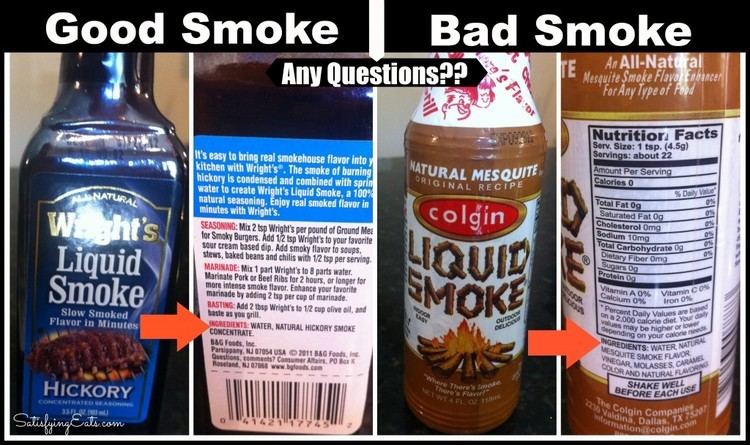
Pyrolysis or thermal decomposition of wood in a low oxygen manner originated prehistorically to produce charcoal. Condensates of the vapors eventually were made and found useful as preservatives. The term wood vinegar for centuries was the popular term used to describe the water based condensates of wood smoke. Presumably, this is due to its utilization as food vinegar. Pliny the Elder recorded in one of his ten volumes of Natural History (Pliny) the use of wood vinegar as an embalming agent, declaring it superior to other treatments he used. Widely recognized as the father of chemical engineering, another naturalist documentarian Johann Rudolf Glauber outlined in Furni Novi Philosophici the methods to produce wood vinegar during charcoal making. Further, he described the use of the water insoluble tar fraction as a wood preservative and documented the freezing of the wood vinegar to concentrate it. Use of the French derivation, pyroligneous acid as a widely used term for wood vinegar emerged by 1788.
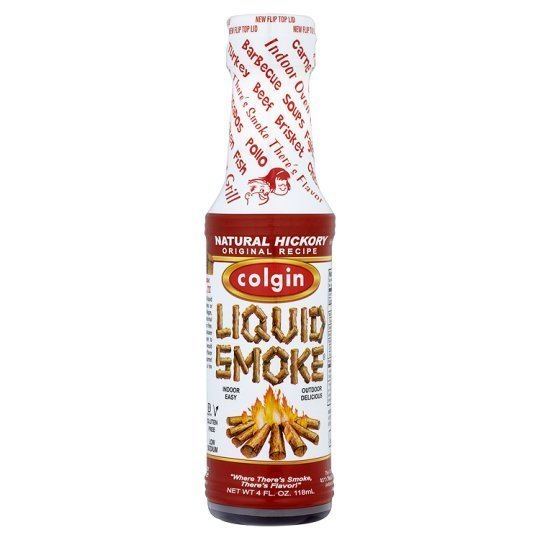
In the United States, the commercial distribution era of pyroligneous acid under a new term, liquid smoke that subsumed it began with E.H.Wright in 1895. Among Wright’s innovations were the standardization of the product, marketing and distribution. Wright’s liquid smoke and its modern-day successors have always been the subject of controversy about what they are and how they are made. But in 1913 Wright, prevailed in a federal misbranding case. Case judge Van Valkenburg wrote:
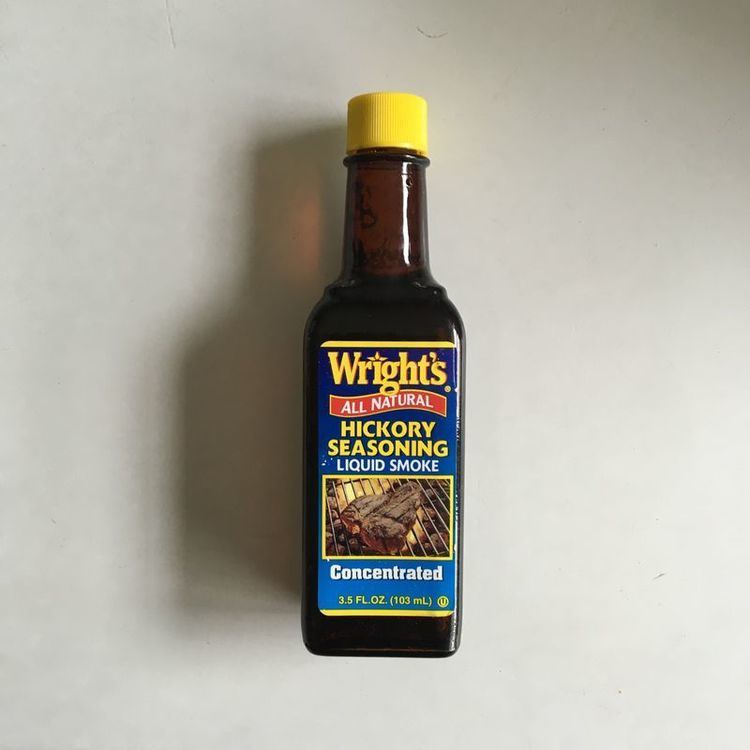
The Government, in trying to show that this is not smoke produced by combustion, has shown that it is produced in exactly the same kind of way that is stated on that label. The fact is that they have produced something here which they say has something of the flavor and properties similar to the curative properties of smoke; they get it out of wood and they get it by distillation and it turns out to be a substance like, if not exactly identical with pyroligneous acid. Well, nobody could be deceived into thinking it was specifically what the indictment charges they are being deceived with. It is a thing which is produced in such a manner from the art and methods employed in it, that the application of the term “smoke” to it seems to me to be apt or applicable instead of deceptive, and it does not deceive in the sense this statute implies.

Historically, all pyroligneous acid products, Wright’s product and many other condensates have been made as byproducts of charcoal manufacturing which was of greater value. Chemicals such as methanol, acetic acid and acetone have been isolated from these condensates and sold. But with the advent of lower cost fossil fuel sources, today these and other wood derived chemicals retain only small niches. It was in 1959 that the era of modern condensed smoke based products began with the establishment of Red Arrow Products Company in Manitowoc Wisconsin. The important distinction marking this era from the past is the production of modern condensates to be used industrially as a replacement for smoking food directly with non-condensed smoke. Today there are many manufacturing locations around the world, most of which pyrolyze wood primarily to generate condensates which are further processed to make hundreds of derivative products. These are now referred to less so as liquid smoke products rather as smoke flavourings, smoke flavors, and natural condensed smokes.
Production
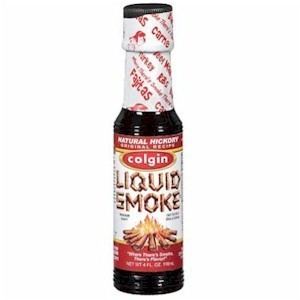
Liquid smoke and pyroligneous acid are terms used to describe the condensed products from the destructive distillation of wood. There are no standards of identity, prescribed production methods and no tests which distinguish between liquid smoke and pyroligneous acid; they can be considered to be the same. However, the numerous variables that are practiced during pyrolysis do lead to a wide range of compositions of the condensates. In addition many further processing steps by concentration, dilution, distillation, extraction, and use of food additives has led to the many hundreds of unique products on the market worldwide.
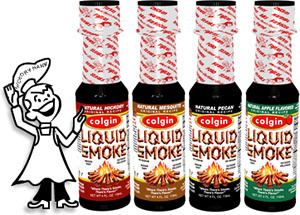
Wood, particularly hardwood, is by far the most widely used biomass pyrolyzed to make liquid smoke. Commercial products are made using both batch and continuous methods. Commercial products are made using a range of reactors from rotary calciners, heated screws, batch charcoal kilns, to fast pyrolysis reactors. The process type and conditions of processing lead to greater variances between the condensates than the differences between the common wood types that are in use. Variables such as feed rate, vapor residence time, particle size, oxygen infiltration, and temperature can have substantial effects on yield and composition of the condensates. Wide ranges of chemical composition are reported throughout the literature and unless the process and conditions are cited, there is limited utility of such results. Commercial manufacturers strive to control their manufacturing variables in order to standardize product compositions.
Water is added either during condensation or after to cause separation of three fractions. Once water is added, the aqueous phase becomes the largest and most useful fraction. It contains wood derived chemical compounds of higher chemical polarity such as those found in carboxylic acid, aldehyde, and phenol chemical classes. Many compounds together are responsible for flavor, browning, antioxidant and antimicrobial effects of smoke and liquid smoke. The smallest condensed fraction is the lowest polarity upper phase which a mix of phytosterols and other oily, waxy substances. The lower phase is commonly referred to as tar. It is an intermediate polarity mixture of phenolic polymers, secondary and tertiary reaction products, some of the water-soluble polar compounds partitioned in the amount of which is governed by individual partition coefficients, water and the bulk of the polycyclic aromatic hydrocarbons. Wood tar has been used as a preservative, water repellent, antiseptic. Tar from birch was produced as a commodity product on large scale in northern Europe. Today commercial liquid smoke products are still prepared from this phase.
Liquid smoke condensates are made commercially for the global meat industry in the U.S.and Europe and are regulated by those governments. Liquid smoke is still referenced as wood vinegar and is being made and used indigenously in many other locations such as Japan, China, Indonesia, Malaysia, Brazil, and Southeast Asia. The food regulatory regimes in these locations are either non-existent or not known outside of their jurisdictions.
Use
Food
The application of liquid smoke to food has grown to encompass a wide variety of methods employing thousands of commercial formulations worldwide. By far the widest use of liquid smoke is for the purpose of replacing direct smoking of food with onsite generated smoke from wood. To impart the desired functional effects of smoke, liquid smoke preparations must be applied topically. In addition to flavor, reaction color, anti-microbial and texture effects are the functionalities that can only be obtained by topical addition followed by thermal processing. Dipping products in diluted solutions or soaking them in brines containing liquid smoke followed by heating was done long before the modern industrial era using Wright’s liquid smoke and pyroligneous acid precursors. Allen patented a method of regenerating smoke using air atomization. It remains the leading technology for using condensed smoke products to treat processed meat, cheese, fish and other foods in batch smokehouses. As the meat processing industry has consolidated, continuous processes have evolved and direct applications of solutions of liquid smoke via showering or drenching systems installed on continuous lines have grown to be the largest type of application method. In North America there are more than thirty-five processed meat plants utilizing bulk tanks to receive tankers of liquid smoke for topical application as an alternative to direct wood smoking. Also noteworthy is the method of topical application by impregnation of fibrous, laminated, and plastic casings. Meat products are subsequently stuffed into these casings and thermally processed. The use of natural condensed smoke preparations internally in food is another important means of imparting smoke flavor. It is used when other technical functions of smoke are not imperative to be expressed in a finished food. This can be done directly by adding into blenders with meat or other foods or injecting whole muscle meat. Incorporation into to sauces such as barbeque or dry seasonings and compounding with other flavors are other important ways in which the flavors are used. Further utility of aqueous smoke solutions is gained by the use of more complex food grade processing such as extraction into oil, spray drying using maltodextrin carriers, or plating onto foods and food ingredients such as malt flour, yeast or salt.
Non-food
Extensive references to beneficial uses of pyroligneous acid in plants for seed germination, pest control, microbial control, plant structural enhancements are reported. Livestock benefits such as antimicrobial preservation of feed, nutrient digestability, and other claims are found. Scientific agricultural studies can be found in peer reviewed journals, but many agricultural benefits such as soil quality improvement, better seed germination, and healthier foliage are widely promoted without attribution. Broad claims of medical benefits to humans in digestive ailments, dental infections, liver, heart, skin ailments, ears, eyes are found, but the literature is devoid of accepted scientific studies for such testimonial claims in humans.
Safety
The first government sanctioned assessment of liquid smoke was undertaken by the US Food and Drug Administration(FDA). In 1981, the committee commissioned by FDA to evaluate information on the products concluded there was no evidence demonstrating the products were a hazard to the public the way they were being used. Today these products stand as Generally Recognized as Safe in the US and may be used at levels necessary to produce the intended technical effects. Manufacturing plants where liquid smoke is made are regulated and inspected by the FDA.
The European Parliament and the Council established Community procedures for the safety assessment and the authorization of smoke flavorings used or intended for use in or on foods in 2003. The European Food Safety Authority (EFSA) was charged with evaluating information on primary condensate smoke flavorings. Information on twelve products from ten applicants were evaluated by EFSA. Opinions were published on all twelve. The products considered were what each applicant considered their own primary product prior to any further processing or derivatization. All twelve products were determined to be genotoxic positive by in vitro methods, but when evaluated by in vivo methods ten were found to not be of concern by EFSA. The AM-01 product was judged inconclusive and FF-B was considered weakly genotoxic. Based upon the NOAEL determinations for each product and supplemental information supplied by some manufacturers usage limits for most products have been established and are conveyed by manufacturers to users. Most of these primary products and their derivatives remain in commercial use. Only products which are the subjects of these evaluations are authorized to be used in commerce within the European Union.
